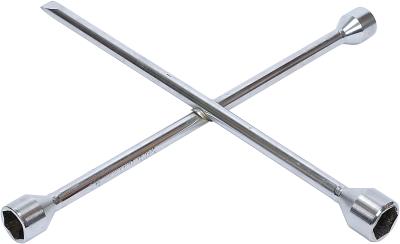
Front end noises in a 1996 Toyota Corolla could originate in several locations on the vehicle. The trick is to determine which side is creating the noise to hasten the search. Failing parts or poor adjustments that can produce noises are front brakes, hub bearings, worn tires, alignment, CV joints, strut bearing plate, worn inner or outer tie rods, ball joints, worn strut, power steering or control arm bushings.
Test drive the Corolla. Start with the windows down. Find a parking lot or somewhere relatively quiet so the noises can be heard. Drive straight at 20 miles per hour and lightly apply the brakes. Listen for squealing, rubbing or grinding; this would indicate worn brake pads. Slow the car to 10 miles per hour and make a sharp turn in both directions. If you hear a clicking noise, the CV joints are bad and need to be replaced. If you hear a grinding noise when driving straight ahead slowly, the hub bearings are bad. Come to a stop and turn the wheel in both directions. If a grinding noise is present, the top bearing plate is suspect and must be checked further. Put the car in park and get out. Push up and down on the front end of the car. If a squealing noise is present, the struts or control arm bushings are bad and need further inspection. Take the car home to continue the inspection.
Raise the front of the Corolla with the floor jack and position the jack stands under the frame. Let the car down on the jack stands.
Grasp the tire on both sides and attempt to wobble it left and right; if there is any movement with no corresponding movement in the steering wheel, one or both tie rod ends are loose and need to be replaced. Have a helper wobble the tire while you slide under the car and observe the inner and outer tie rods ends. This is the link from the rack and pinion steering to the steering knuckle. Place a hand on the outer tie rod end as the tire is being moved; if you can feel freeplay, the outer joint needs to be replaced. Place a hand on the inner tie rod shaft; if you can feel it moving in and out with the movement of the tire, the inner tie rod is faulty.
Look at the tire for uneven wear indicating an alignment problem. Spin the tire slowly and look for flat spots, humps in the tread or wire protruding from the tread indicating a separated tire.
Grab the tire at the top and bottom and shake the tire in and out; if you can feel any freeplay, the hub bearing is bad and needs replacement.
Place the pry bar under the tire. Lift up and release several times; if the tire can be lifted with very little pressure the lower ball joint is bad and needs replacing.
Remove the tire/wheel assembly. Place your hand on the coil spring on the strut and have a helper turn the steering wheel to the left and right; if you can feel any grinding, the top bearing cap on top of the strut is defective and needs to be replaced.
Inspect the strut for leakage around the seals. Replace if they are leaking.
Inspect the brake pads and rotors for wear and replace as necessary.
Inspect the sway bar front bushing where it is mounted under the radiator and make sure it is in place. Inspect the sway bar links on the ends of the sway bar where they connect to the lower control arm. They consist of a long bolt with a series of rubber bushings held on to the lower control arm by a nut. Replace these if they are loose or have any worn parts. They are a major noise problem with these cars.